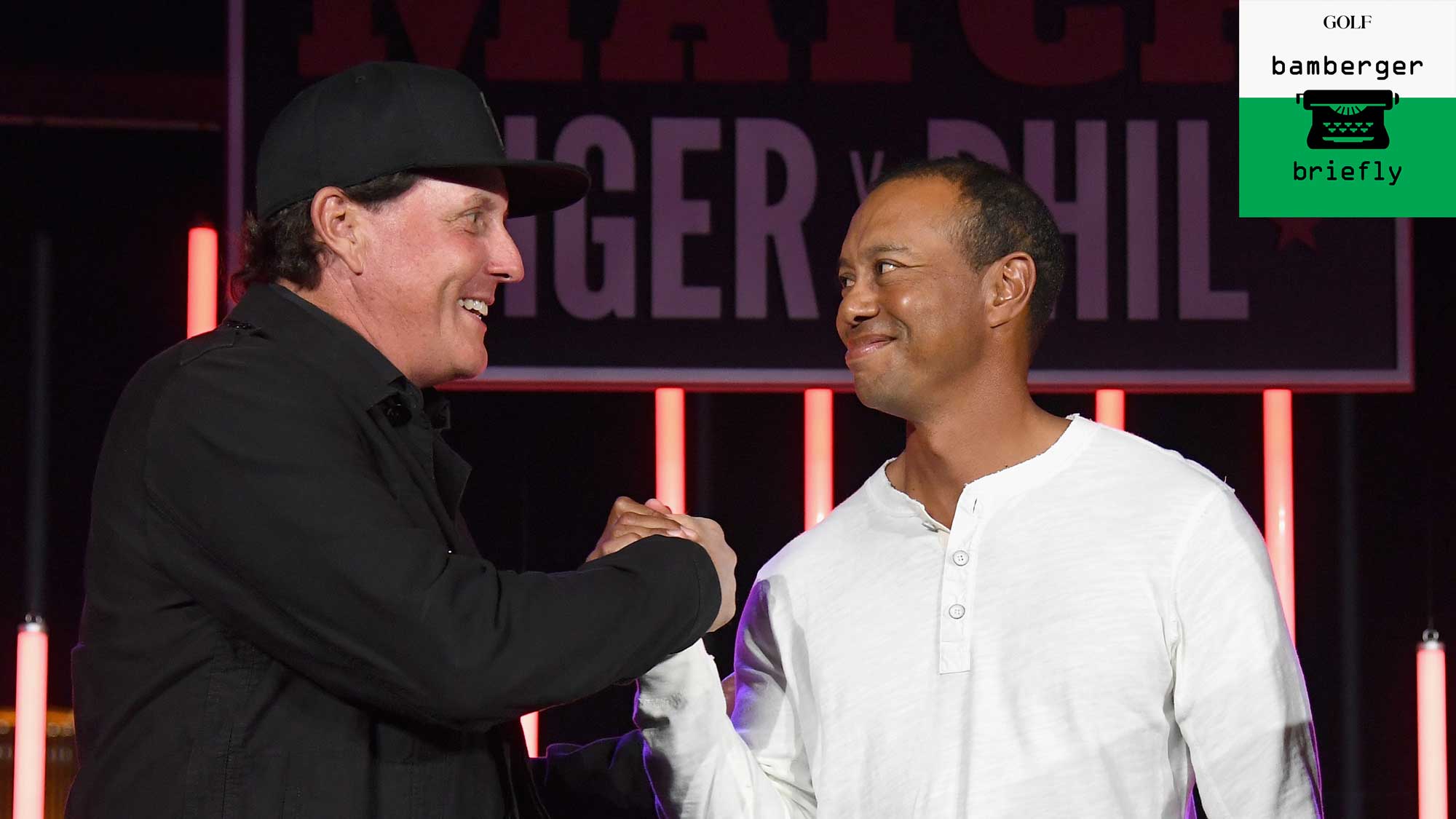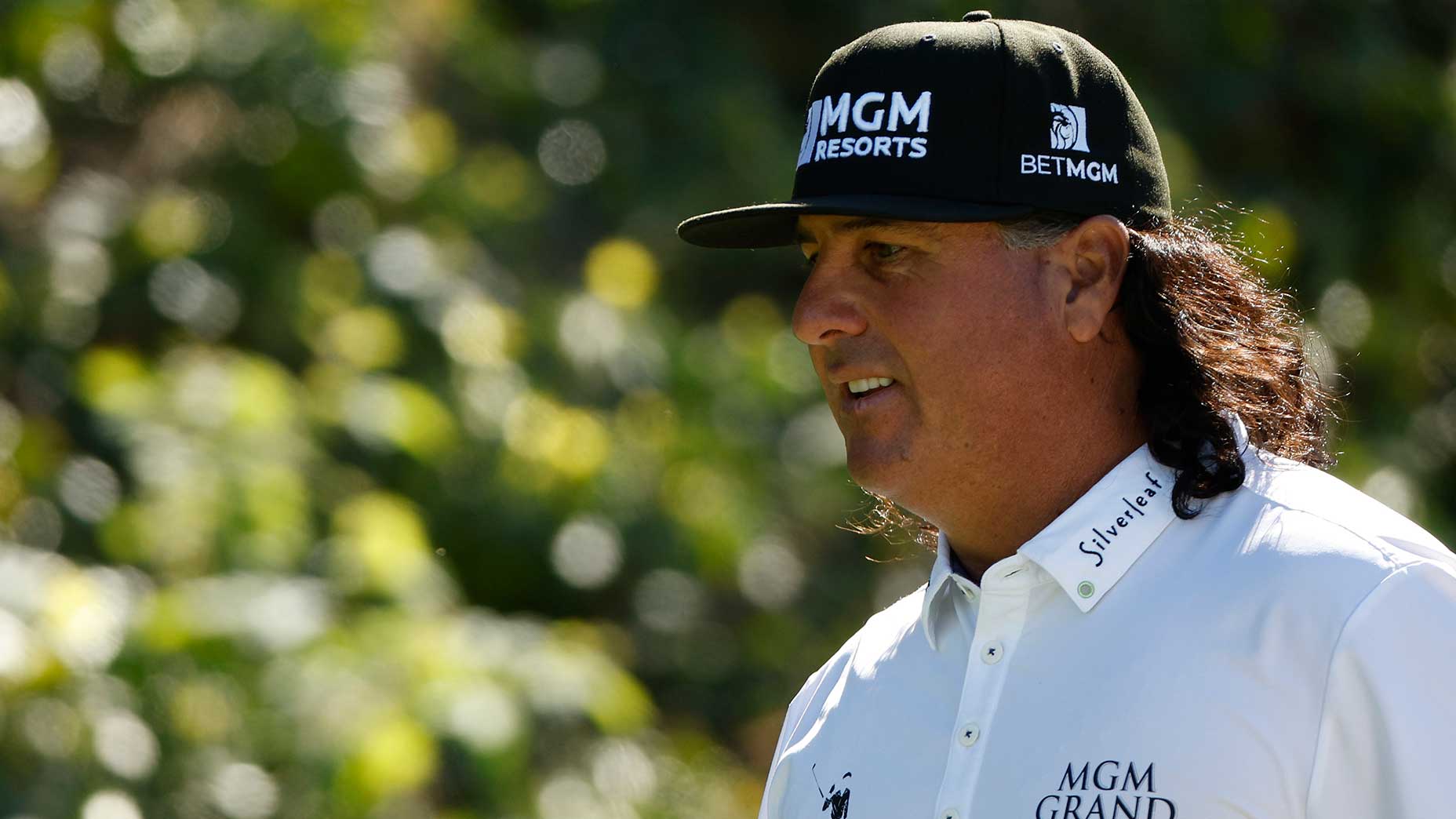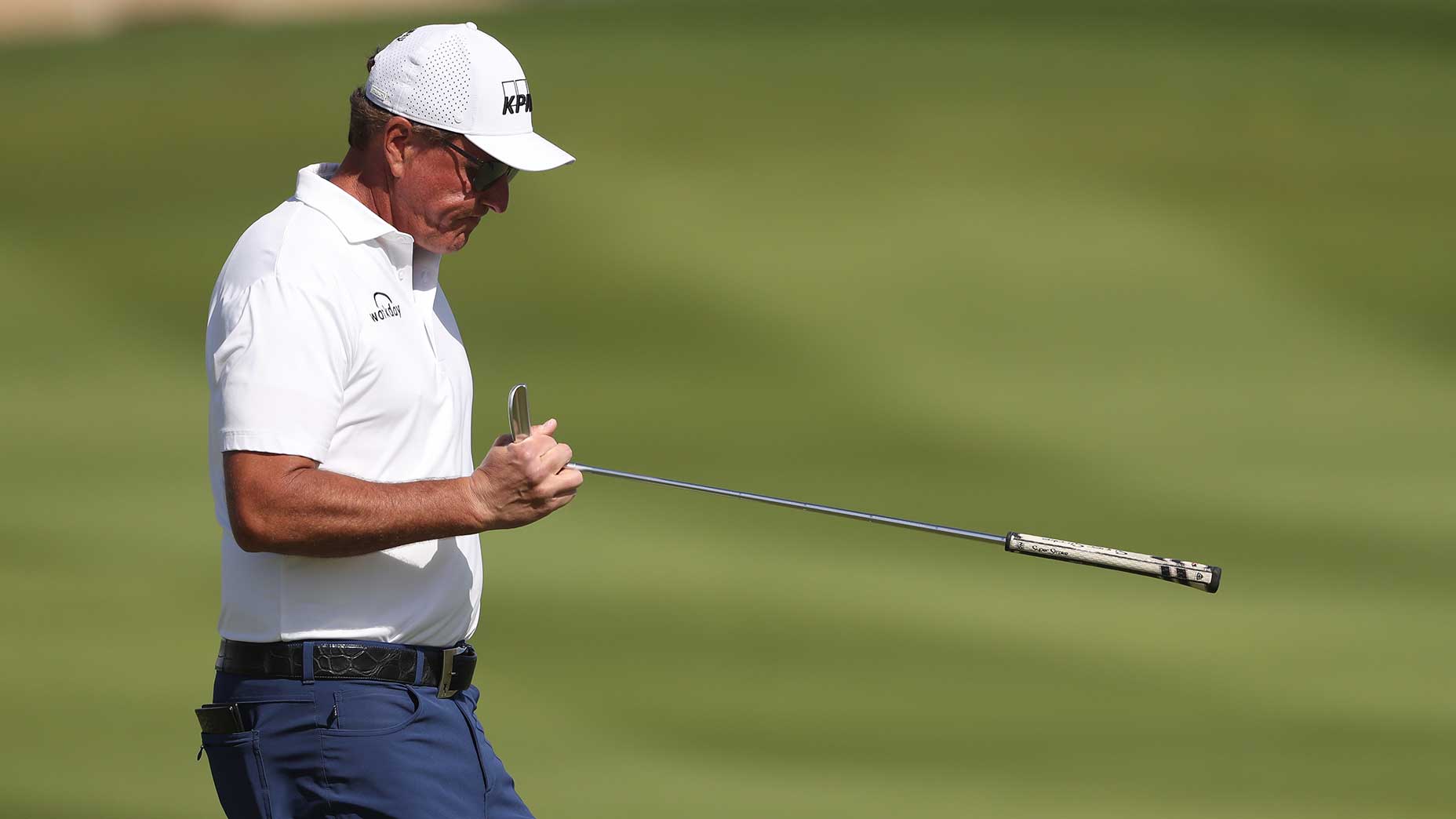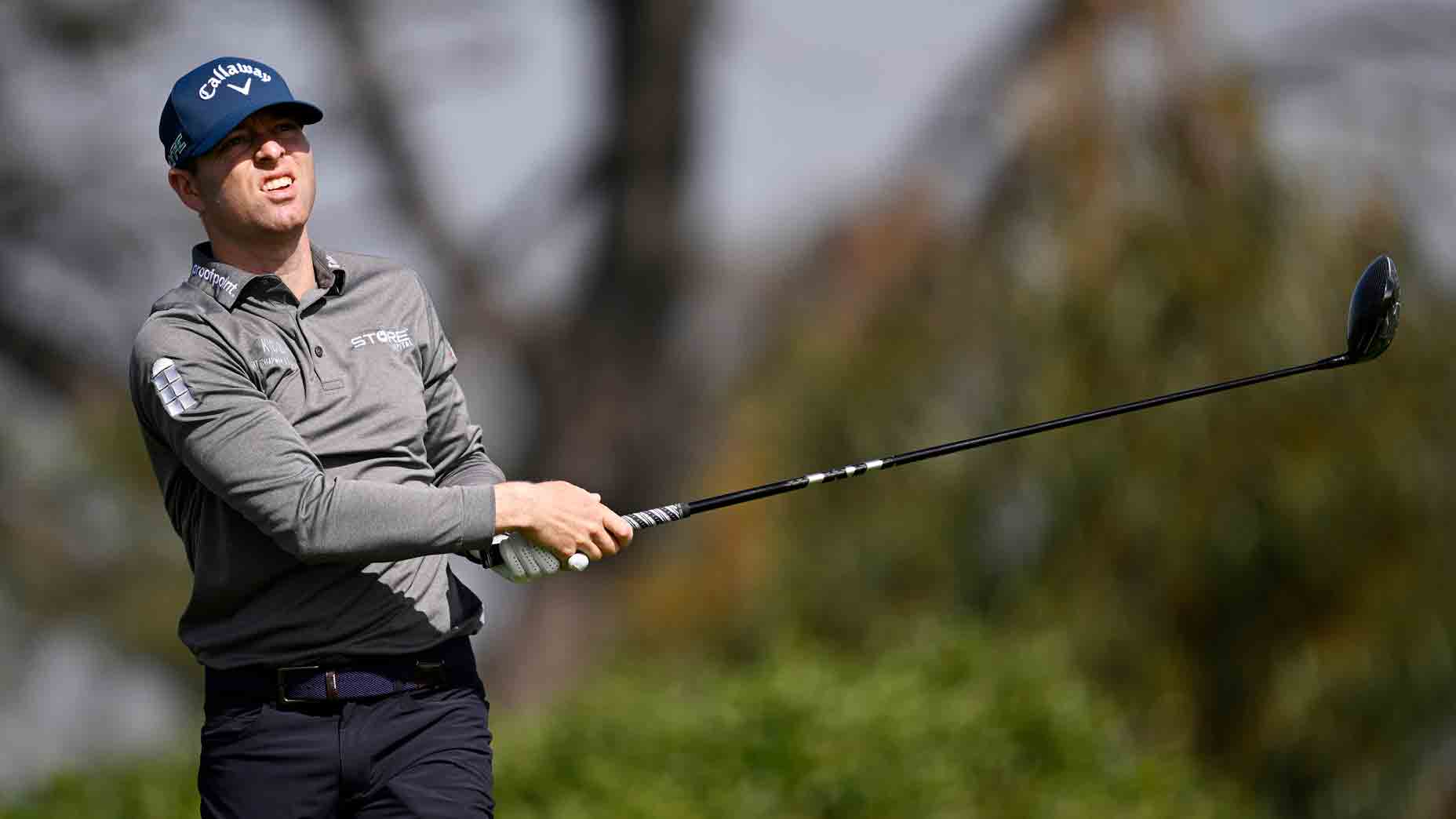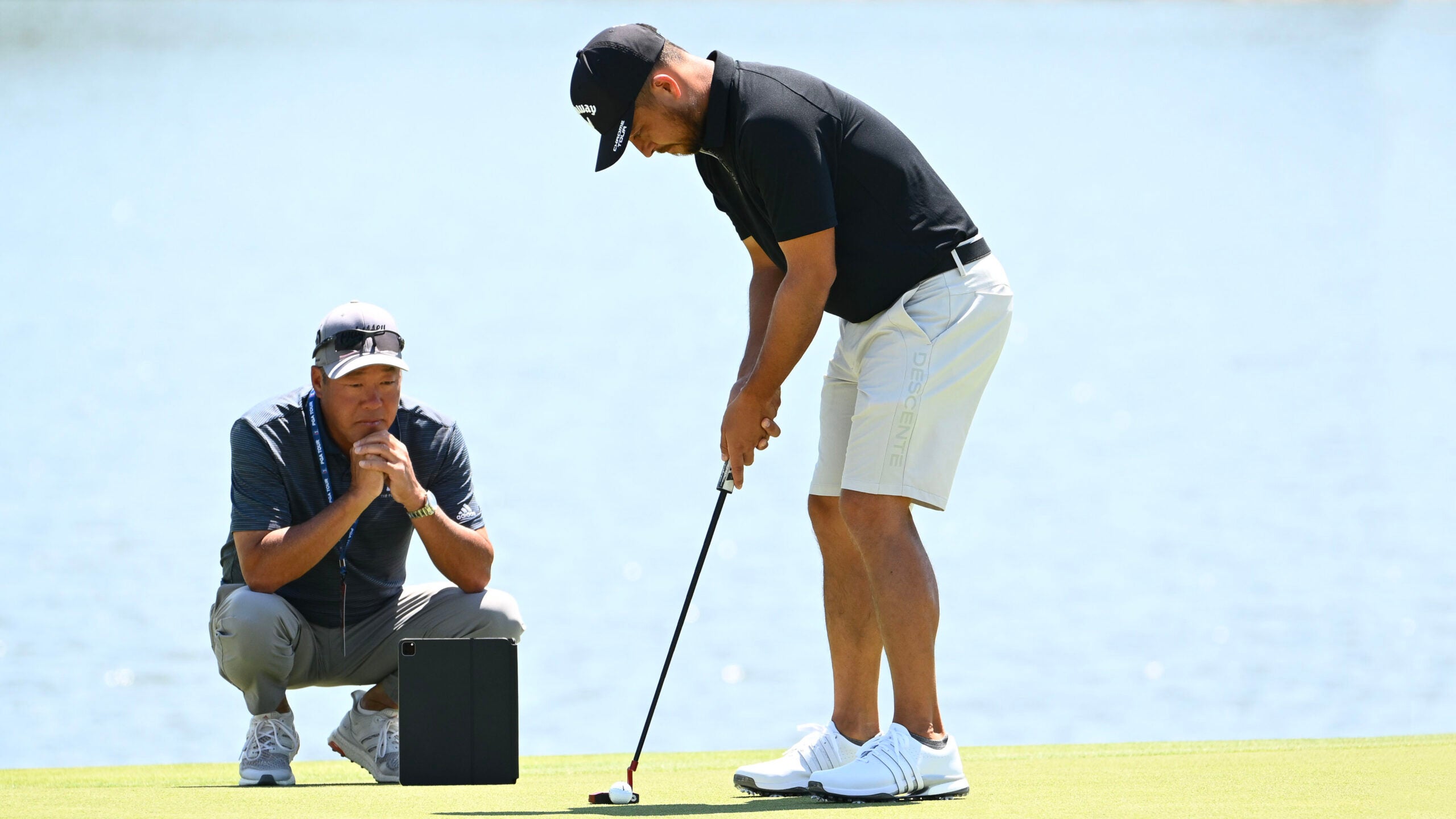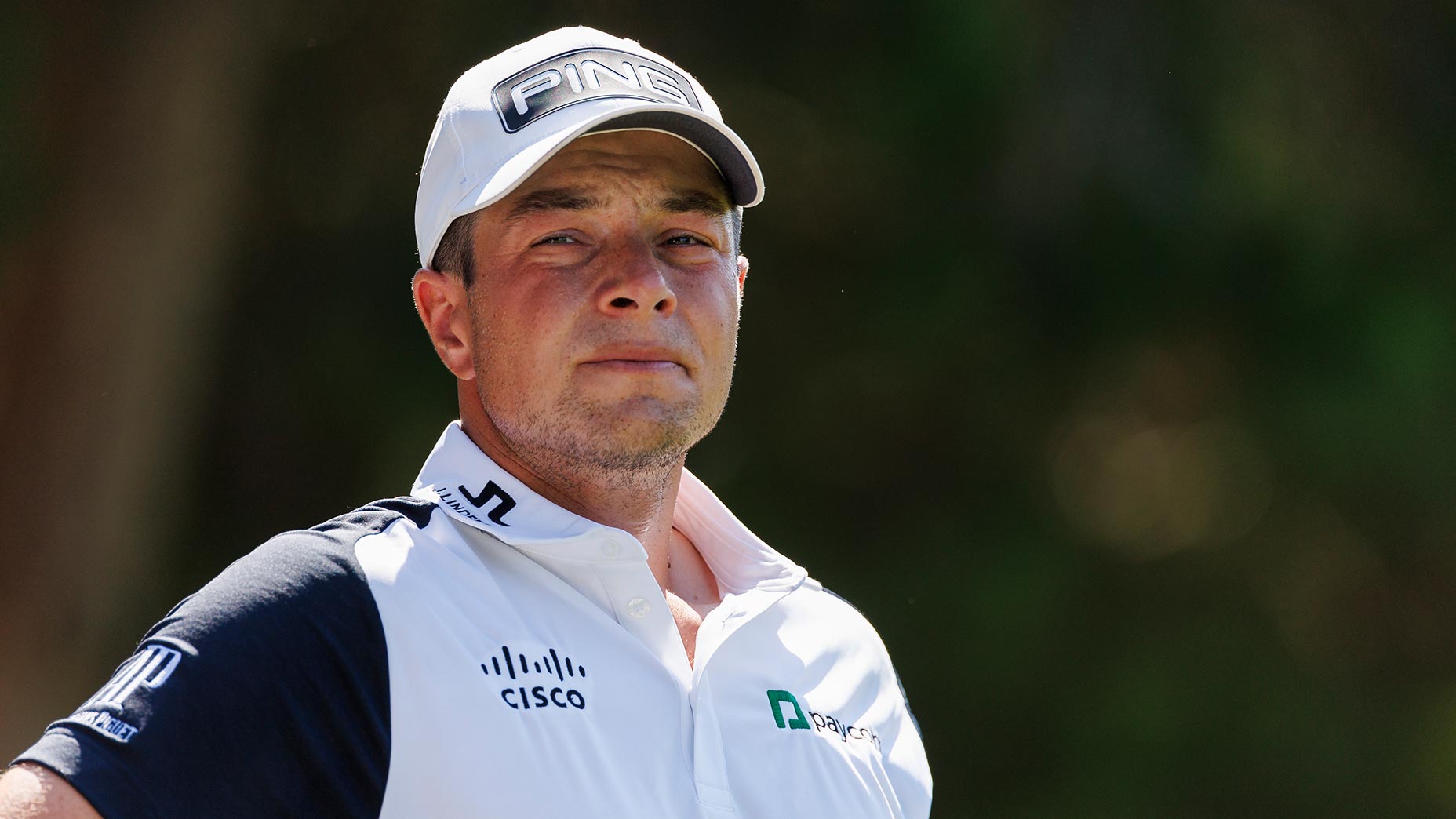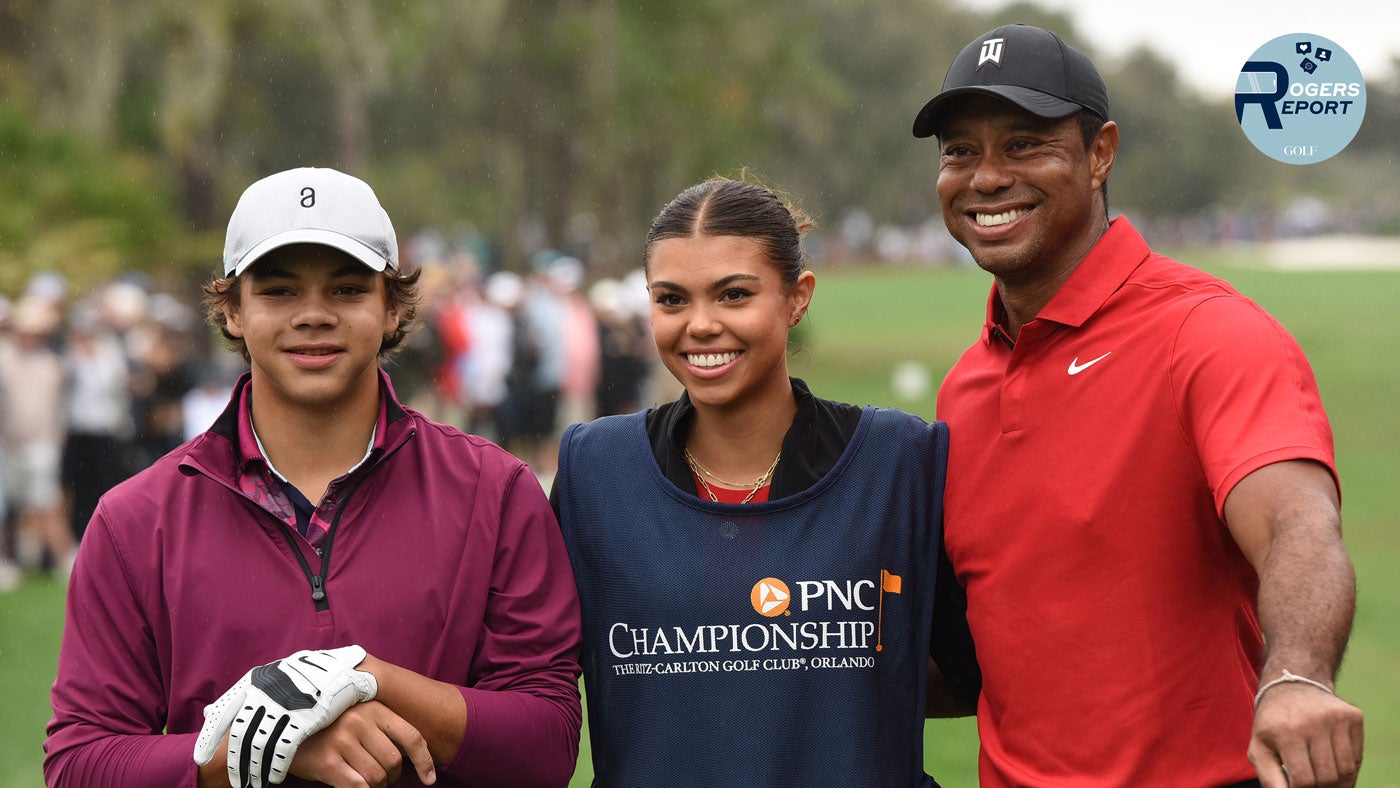ORLANDO — It’s March. ‘Tis the season.
March: The Players.
April: The Masters.
May: The PGA.
June: The U.S. Open.
July: The British Open.
The heart of our year. Our holy months. Such a tidy list.
But men’s professional golf has never been messier. The prospect of a new golf league, funded by the Saudi ruling class, is only part of the issue.
The ultimate draw to professional golf is to the golfers who play it, and most especially the game’s high priests. Old Tom and Young Tom. Harry Vardon and James Braid. Walter Hagen and Gene Sarazen. Ben Hogan and Sam Snead. Arnold Palmer and Jack Nicklaus.
Pat Perez on how Phil Mickelson mismanaged his Saudi golf dealingsBy: Josh Berhow
Phil Mickelson and Tiger Woods. Of, if you prefer, Tiger & Phil. My friend Bob Harig has a book coming out under that name next month.
Professional golf has always been defined by its dominant players. But golf has never had two dominant players whose lives were anything like Tiger’s life and Phil’s life. This era is unprecedented.
It’s so weird. Golf, of all mainstream sports, is the most public one. A spectator gets closer to the athlete in golf than in any other sport. There is nowhere for the golfer to hide, not even the back of the tee box on 13 at Augusta National. The cameras reach there. The cameras reach everywhere.
But the reach of the camera in off-course life is like nothing that mankind has ever seen before. The consequences can be devastating. I was, by happenstance, at a crowded bar with Jack Nicklaus one night in England in the days leading up to the 1985 British Open. I made the rounds with Arnold Palmer more than once when he went to the dry-cleaner and performed other routine errands. But where is Tiger this week? We’ll never know. We never know where he is. He lives an isolated life. Where is Phil this week? Still holed up in Montana? Can’t say. His life blew up and he retreated.
What a way to live.
Others have done reckless things and not paid for it, as Woods is doing now. Others have done greedy things and not paid for it, as Mickelson is now. The world has shifted under our feet. Is it better? Yes. No. Maybe. Maybe not.
Will Tiger, your PIP winner, play in any of the five celebrated events listed above?
No Rickie? No Homa? 9 surprising takeaways from the inaugural Player Impact Program resultsBy: Sean Zak
The guess here is one, at most.
Will Phil, your PIP runner-up, play in any of these events?
The guess here is not the first one, the Players in March. After that, who knows? This is not the joke, what will Phil do next. This is the reality: He’s in uncharted territory.
Mickelson is 51. Fifty-one, and the winner of last year’s PGA Championship. Professional golf has never really seen a career like his, for longevity, for excellence over time. Not that it has come easily. “The past 10 years I have felt the pressure and stress slowly affecting me at a deeper level,” he said in his cryptic 520-word statement last week.
Woods is 46 and by his own admission, after an inexplicable single-vehicle crash just over one year ago, the rest of his playing career has been permanently altered.
Based on Palmer’s life and times, this is not the way it’s supposed to go. You can insert other post-World War II iconic golf names in that sentence and it still holds up. Nicklaus, Gary Player, Billy Casper, Lee Trevino, Tom Watson. Even Greg Norman.
The PGA Tour is a quasi-public institution. It is a 501(c)(6) non-profit institution. It exists to promote professional golf. It raises millions for charities. It enjoys its status because we, the American public, elect officials who support its non-profit status. It’s a balancing act.
‘Phil will be back’: Rory McIlroy softens stance on Mickelson controversyBy: Josh Berhow
The Tour knows it. It is as secretive as it can possibly be, when it comes to its finances and how it disciplines players. Is Mickelson under suspension right now for comments he made about the PGA Tour and aligning himself with a would-be competitor? We don’t know. Where did the PGA Tour’s $50 million PIP bonus pool for 2022 come from? We don’t know. Why did the Tour have a change of heart and, after initially saying that the PIP results would be private, decide to make them public? We don’t know.
Late last year, Mickelson claimed, cheekily and by Twitter, he had won the first-place PIP money. This week, the Tour released the PIP results, showing Woods, who did not play in a single full-field PGA Tour event last year, winning the PIP grand prize, $8 million. Woods got last licks, cheekily and by Twitter: “Whoops.” Did the Tour decide to release the results because Woods, and not Mickelson, won? Of course that is possible.
Most anything is possible when you’re playing games within games. It used to be, the game itself — the golfers turning in scorecards — was more than enough for us. And it is. But the players want more.
It is not good for the PGA Tour, not good for business, if Mickelson, one of the greatest players in golf history, withers on the vine here, in terms of his reputation. And the guess here is that Mickelson won’t let that happen — and neither will the Tour. You may have seen the comments that Rory McIlroy made on Wednesday at the Arnold Palmer Invitational.
It is not good for the PGA Tour if Mickelson, one of the greatest players in golf history, withers on the vine.
“Look, we all make mistakes,” McIlroy said. “We all say things we want to take back. No one is different in that regard.
“But we should be allowed to make mistakes and we should be allowed to ask for forgiveness and for people to forgive us and move on. Hopefully, he comes back at some stage, and he will, and people will welcome him back and be glad that he is back.”
McIlroy is one of the brightest players in the game and he doesn’t need anybody scripting anything for him. But the truth is, that message, counterintuitive though this may sound, is the exact message the Tour would want to come out. The Tour doesn’t want to inflict permanent damage to its second-most popular player, by the 2021 PIP rankings.
In 1971, Trevino and Nicklaus gathered on the first tee at Merion, about to begin a playoff to decide what was then the most important title in golf, the U.S. Open. And Trevino, in an effort to cut the tension, brought a snake on to the tee. A fake snake. He tossed it in Big Jack’s direction. Nicklaus, sitting on a seat stick, held it and looked at it and laughed. It was outrageous, funny, unexpected, a breach of etiquette, a break from the solemnity the game can impose. People talked about it for weeks.
Nobody went into hiding. Quite the contrary. The next month, at the British Open at Birkdale, Nicklaus was the defending champion. Trevino won there, too. Two great golfers, at the peak of their powers. Then came their 40s, their 50s, their 60s, their 70s. Their 80s. Their lives had paths, paths of their own makings.
What Mickelson and Woods would give for that.
Michael Bamberger welcomes your comments at Michael.Bamberger@Golf.com
